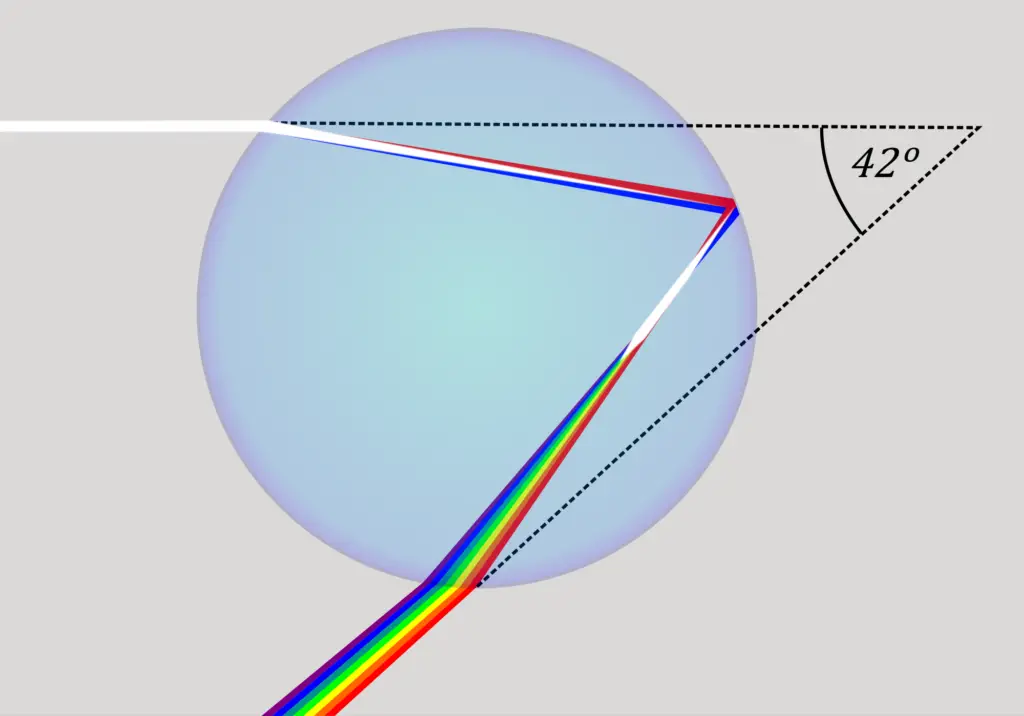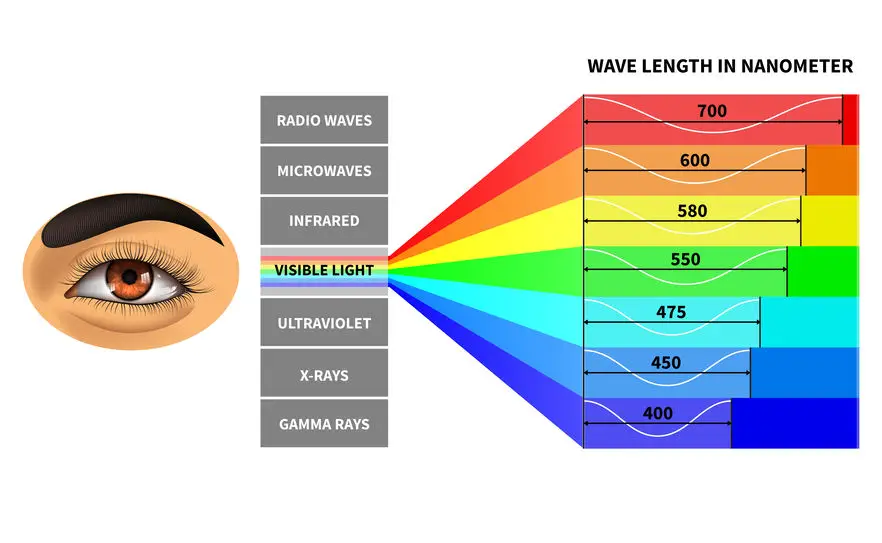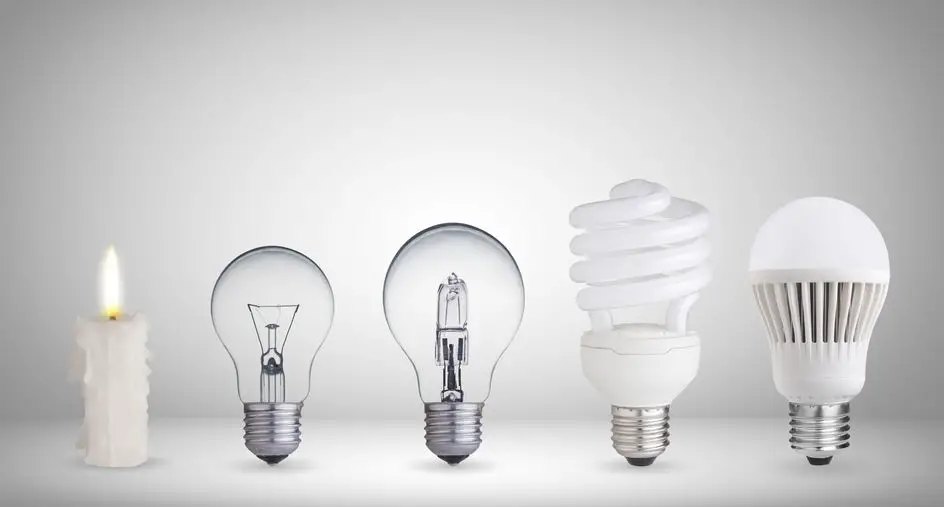How Rainbows Are Made
Rainbows are one of nature’s most beautiful creations. That being said, their creation is not that easy to understand to the naked eye. In this article, we will go over how rainbows are created and more about the properties of rainbows.

Contents
How Rainbows Are Created
Rainbows are created when sunlight enters a floating water droplet which then refracts and exits the droplet as multiple coloured light rays in the shape of a circle. The view of this colourful circle is obstructed by the earth, which allows us to experience the colourful half-circle we call a rainbow.
While that is the simple explanation of the phenomenon there is a little bit more science behind it.
Rainbows Start Off As Sunlight (White Light)
Starting at the very beginning we can explain how the sunlight is able to split into different colours like this. The simple reason for this is the fact that sunlight in itself is more complex than what we can see with our naked eyes.

What we call “sunlight“ is in reality white light. White light is essentially light of every colour put together into a single energetic ray.
This happens because when all the different wavelengths of light that correspond to different colours join together we perceive it as white light.
The Splitting Of White Light
Now that we have established that white light is a combination of all coloured light we can look at how this light actually splits up into all the different colours.
In the case of a rainbow, the light will split upon hitting a water droplet in the air. When this happens the light of the different colours will start to bend, causing them to separate. This is what allows them to be seen individually.

This happens because the light that corresponds to the different colours has different frequencies and wavelengths. This causes the colours to bend differently from each other inside the droplet.
This concept is what is called dispersion and is mostly displayed using a glass prism to split up the light instead of a water droplet.
How Humans Are Able To Observe Rainbows
In order to observe a rainbow, there are a few specific requirements that need to be met. One of them is where we are positioned in relation to the sun and the rainbow.
In order to see a rainbow the sun needs to be positioned behind you and be at a slightly lower altitude than its peak position. This is because of the angle that the light gets bent at the inside of the water droplet.

When white light enters the raindrop it will come out 42° below its starting point. This happens due to the fact that the water will fully reflect off of the opposite side of entry only to then make its way out in the same direction it came from.
This means that in order for us to see a rainbow we need to be positioned at the perfect angle from the water droplet and the sun.
This also means that the distance between us and the droplet starts to become important because if we aren’t in the right viewing area we will be positioned at the wrong angle and therefore be unable to view the rainbow.
This also means that it is not possible for us to touch a rainbow because in order to see it in the first place we need to be far away from it. That being said though it is possible for us to view others touching them.
Why Rainbows Are Shaped In a Half-Circle
In order to understand why rainbows are shaped the way they are we need to look at the light that exits the water droplet.

As previously established, light exits the water droplet at a 42° angle. This by itself is a bit misleading, because it doesn’t only exit the droplet in one singular line, it exits the droplet in a 360° circle.
This means that the arced rainbow we see is actually a circle if we were to look at it in full.
The only reason why we don’t see it as a circle is that the ground is simply cutting off the bottom half of it.
This also means that it is in fact possible to see a full-circle rainbow, but the conditions for that are a little bit tougher since achieving the perfect angle while in a plane can be rather difficult. There are however countless occurrences where this has happened.
The Different Colours Of Rainbows
There are seven colours in a rainbow: red, orange, yellow, green, blue, indigo and violet in that order. The reason these are the colours we see and why they are in this order can be easier understood by looking at the visible light colour spectrum

When looking at the chart of the colour’s wavelengths we can see that they start at a deep purple and end at a dark red. If we look closely at a rainbow we will see the exact same colour pattern.
Since rainbows are rather bright by their nature of them it is quite difficult to see the darker ends of them, but the rest of it follows the exact same pattern.
Human Colour Vision and How We Interpret Rainbows
The reason these exact colours are the ones we see is due to how our eyes are constructed.
Our eyes have specific photoreceptive cells (also known as cones) that are sensitive to one particular wavelength (or colour) of light. We have 3 different kinds of cones in our eyes and they all correspond to a different colour. They correspond to the colours red, green and blue.
This is also known as trichromatic vision, which is the “system” of colour vision we have based on the number of different types of cones we have.
This system opens up a spectrum of what we call “visible light“, which can be seen above. It is based on the colours we can see in order of their wavelength.
Since we have 3 different types of cones we have trichromatic vision, but it is also possible for animals to have other amounts of cones. For example, a lot of animals have what is called “dichromatic“ vision, which is a colour vision based on only 2 different types of cones.
This still gives them colour vision but in comparison to our vision, it is rather limited. Their colour receptors react mostly to yellows and blues but have a harder time distinguishing between reds and greens.
Summary
Rainbows are the result of sunlight refracting in rainwater. This is what causes big colourful half-circles to appear.
This is possible because white light (like sunlight) is comprised of all wavelengths of light that represent the different colours, which when split up is what we observe to be a rainbow.



